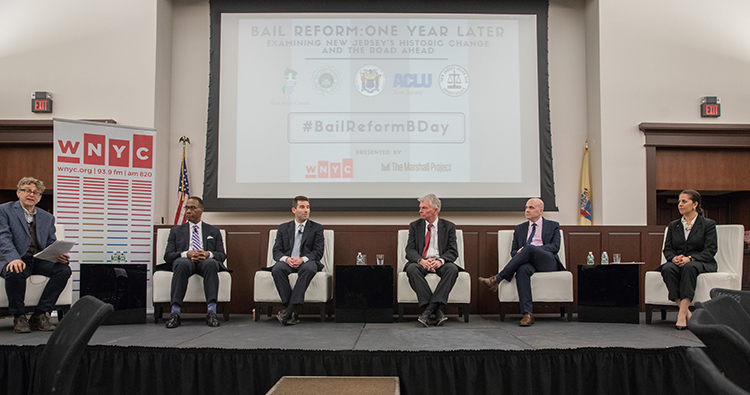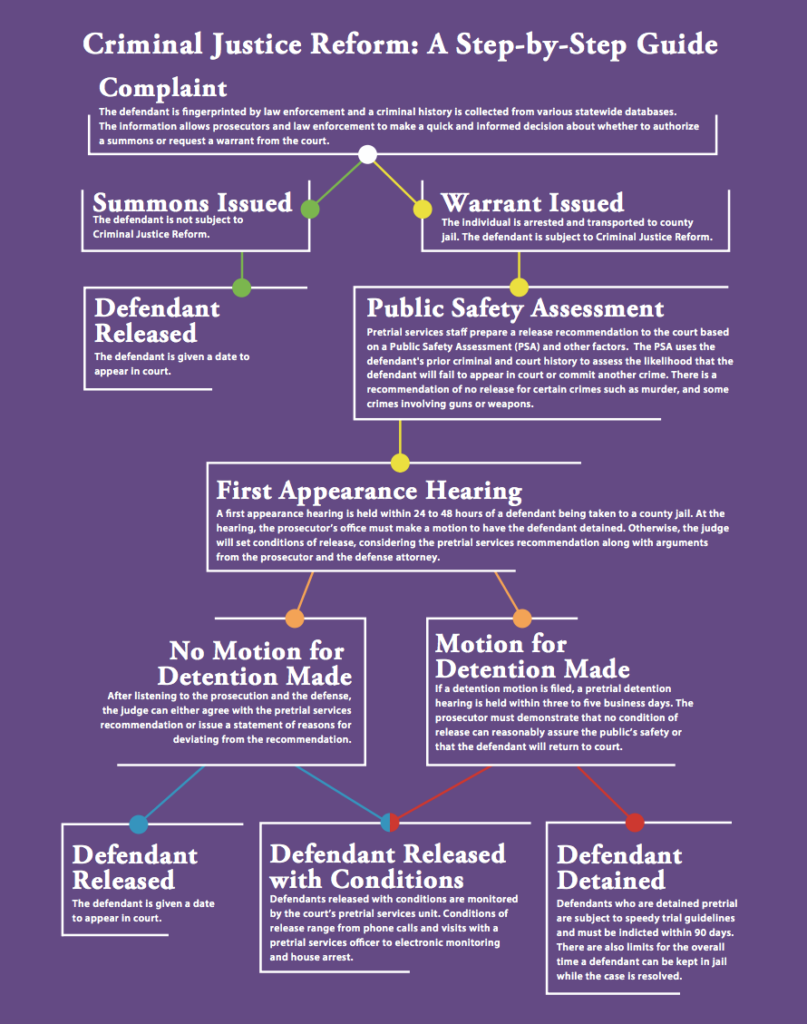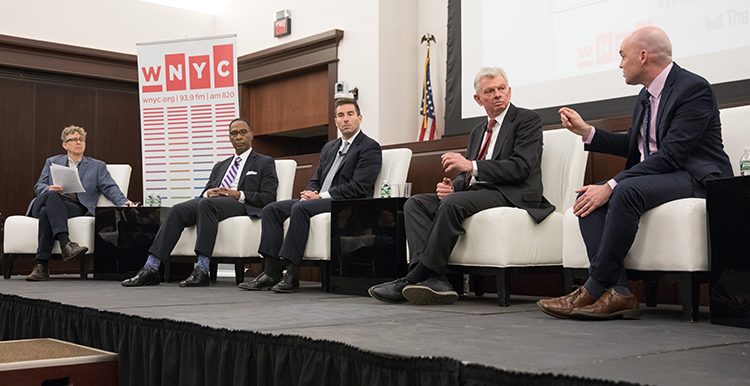The longer I’m in this field, the more I recognize how important a strong working relationship is between an agency and its clients.
Often, RoseComm clients are busy dealing with reactive communication needs, leaving little bandwidth to cultivate and tell the stories they want to share. While that’s why they hire us, the more collaborative our clients are with us, the stronger our results.
That was never more apparent to me than last month as we worked with our client, the American Civil Liberties Union of New Jersey, and several other entities to create a one-year anniversary event to assess the results of New Jersey’s new bail reform legislation.

For those who haven’t followed the Garden State’s historic effort to reform its pretrial justice system, here’s a brief explainer:
Most Americans, having steered clear of legal issues, have never had reason to think about whether money bail is just or unjust. It’s been around our entire lives so it must be OK, we assume (or at least I did).
A 2013 study by the Drug Policy Alliance found that 12 percent of the entire New Jersey jail population were being held solely because they could not afford to pay $2,500 or less in bail. About 800 of these innocent-until-proven-guilty defendants languished in jail because they couldn’t scrape together $500. Detention time destroys families, leading to lost jobs and homes.
In what may be the greatest modern-day example of bipartisan collaboration, New Jersey’s Judiciary, the Office of the Attorney General, the Office of the Public Defender, Republican Governor Christopher Christie, and many civil justice organizations recognized the failures of money bail and showed the political courage to do something about it.
The group spent years crafting a new system that essentially eliminated money bail in New Jersey in favor of a risk-assessment system that determines whether someone arrested is a flight risk and/or danger to society. It’s this information that now gives judges the knowledge they need to weigh release, not how much money is in the accused’s wallet.

The New Jersey Criminal Justice Reform Act became law Jan. 1, 2017. In its first year, the state’s pretrial detention rate fell 20 percent and for the first time, the state was allowed to detain truly dangerous offenders without offering bail.
As 2017 came toward a close and other states took notice of New Jersey’s accomplishments, RoseComm began talking to the ACLU-NJ about holding an event to mark the milestone and share what’s been learned with other jurisdictions.
We wanted the event to make an impact throughout New Jersey and beyond, so we asked WNYC, the National Public Radio station of New York City and and much of New Jersey, if it would sponsor and moderate the discussion.
By the time WNYC said yes and found a date that worked, we had just over three weeks to put together a live panel discussion for about 150 people. Indeed, it was time for some collaboration, and everyone, especially our friends at the ACLU-NJ, chipped in to make the event a complete success.
Our panel included Judge Glenn Grant, the acting administrator of the New Jersey Courts; Public Defender Joe Krakora; Elie Honig, director of New Jersey’s Division of Criminal Justice; ACLU-NJ Senior Supervising Attorney Alexander Shalom; and Kimberly Yonta, second vice president of the New Jersey State Bar Association.

Alex Shalom (above right) appeared on WNYC’s “Brian Lehrer Show” the day before the event for an extensive conversation about pretrial justice, setting the stage for our 90-minute panel discussion.
The New Jersey Law Center was our amazingly helpful host for the evening. WNYC’s Nancy Solomon, managing editor of New Jersey public radio, was a perfect moderator. The event, “Bail Reform: One Year Later — Examining New Jersey’s Historic Change and the Road Ahead,” drew more than 22,000 views on Facebook and created plenty more content for us to use as we continue to share the state’s bail reform story. The @ACLUNJ communications team joined us to live-tweet the discussion under the hashtag #BailReformBday, further gaining engagement.
We mobilized just the right mix of partners to make the evening transpire in a way that was both efficient and effective. Given the subject matter, it was important to include myriad voices in the dialogue and to have an honest conversation about the ups and downs of this historic new effort. Through collaboration, both with our client and between those who worked tirelessly to craft this historic legislation, we created an event worthy of the new law’s one-year anniversary.
When time is tight and the communications goal is lofty, it’s tempting to go it alone or ask others to. But when it comes to reaching a large audience, communicating complex messaging and effecting sustainable change, collaboration is key.
Are you leveraging partnerships and encouraging teamwork in order to amplify your story?
